As a yoga teacher for over 12 years, I have witnessed the benefits of yoga for very young children in my own classroom.
No matter their age, yoga for kids can develop balance, flexibility, and increase positive energy and well-being. Teaching kids yoga can be done on mats in the classroom or at home.
Benefits of Yoga for Kids
Teaching toddler yoga helps pre-schoolers to regulate their emotions and keep calm by deep breathing through the poses. Yoga classes also improve their attention span because they have to imitate the pose.
This, in turn, develops their concentration, self-awareness and listening skills which lead to mindfulness in very young children. The younger they start, the quicker they will adapt.
Finally, yoga for kids fosters creativity and imagination when taught through storytelling.
Teach Yoga Through Storytelling
You can watch kid yoga videos to get some inspiration for your own yoga stories. Young kids learn through stories; they listen to stories and develop their imagination and vocabulary through storytelling. You can easily sprinkle in some ambitious adjectives and verbs to enrich children’s vocabulary.
If you would like to get an idea of the array of narratives that can be told through yoga, check out the cosmic kids’ yoga videos on YouTube. They really are the best kid yoga videos out there.
Here are some of our yoga-for-kids story examples that will get you to love teaching yoga even more.
The Sad Tree
Start in mountain pose.
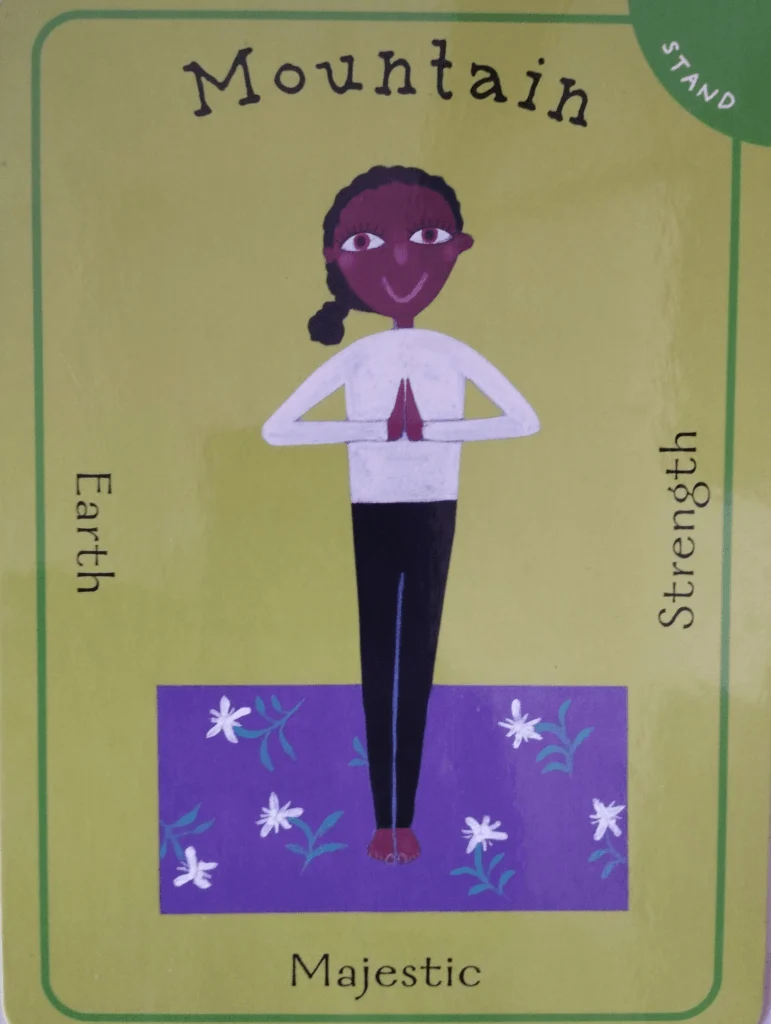
Once upon a time, on a high and majestic mountain, there was a lush, green forest full of evergreen trees.
Show children the tree pose and ask them to hold it. Tell them that you will walk through the forest (walk among the children; help them if they fall out of the pose).
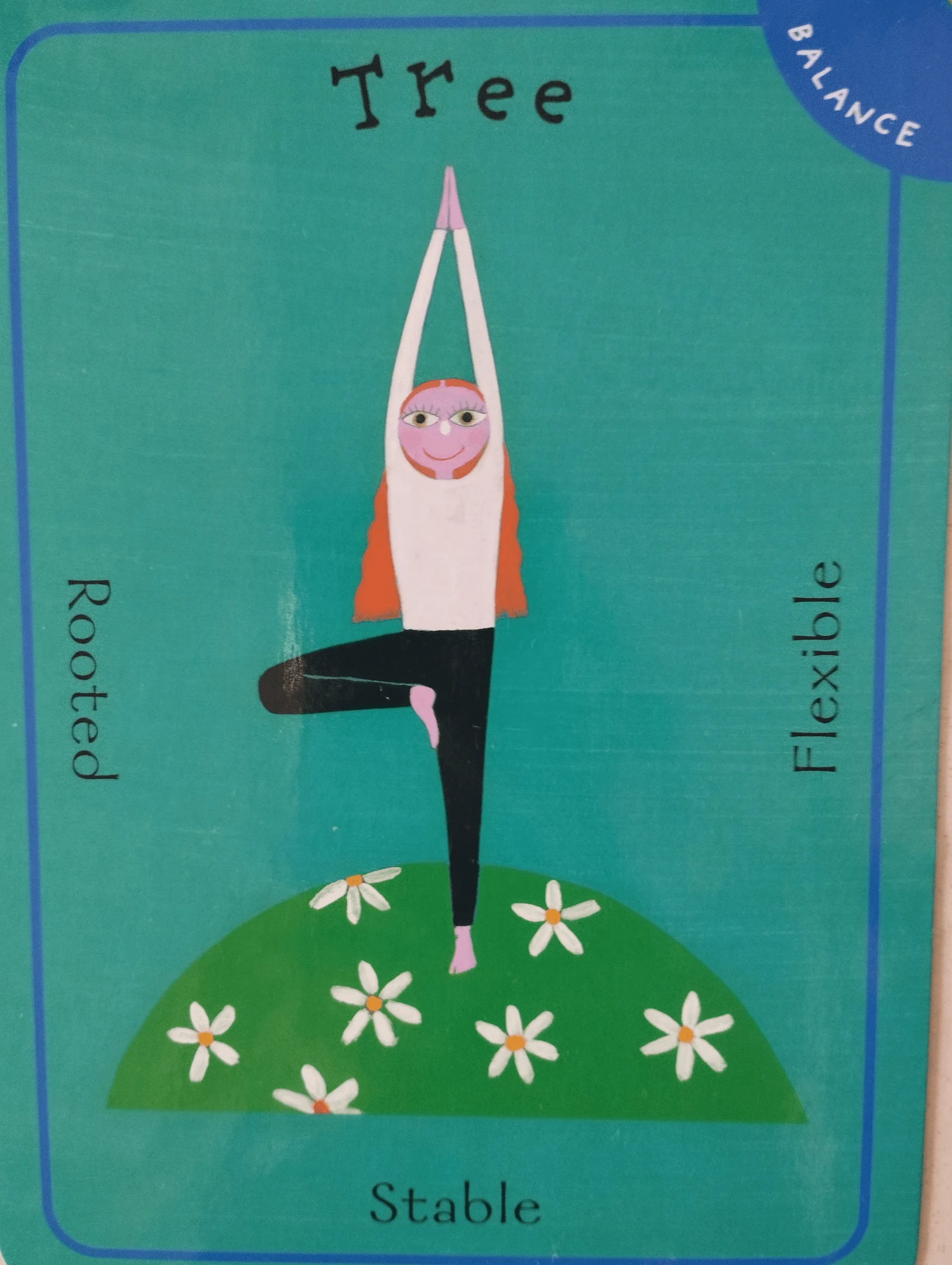
But one day, a big, fire-breathing dragon came to the forest and burned down all the trees, one by one, until only one was left.
Show children the dragon pose and ask them to roar while imagining they breathe fire. They can choose which leg to bring forward.
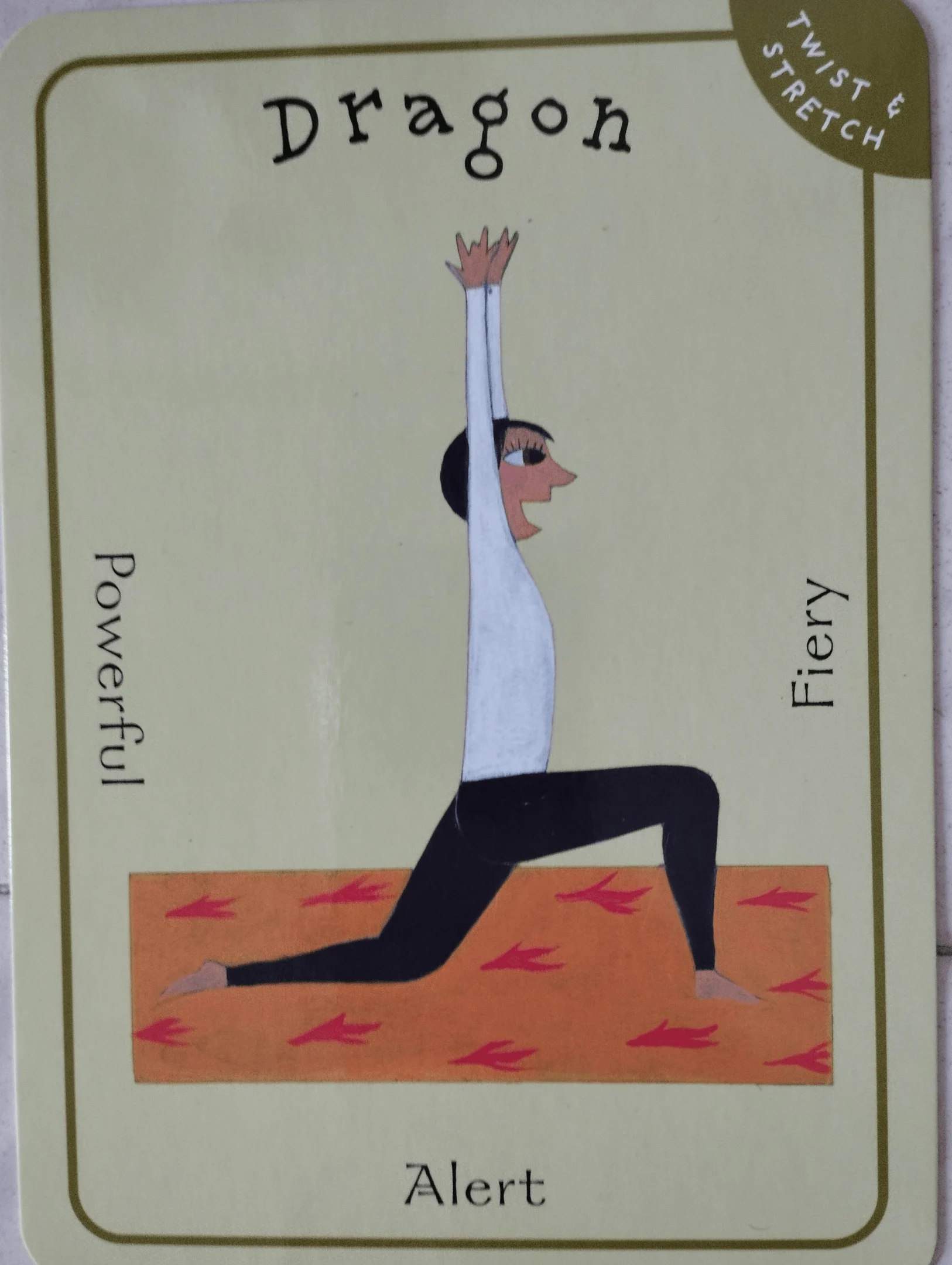
Let’s all go back to tree pose. You are that one tree that was left on the mountain. Ask children to show you a sad face. The tree notices that there is a river flowing right beside it.
Show children the river pose. Ask children to deeply breathe in and out.
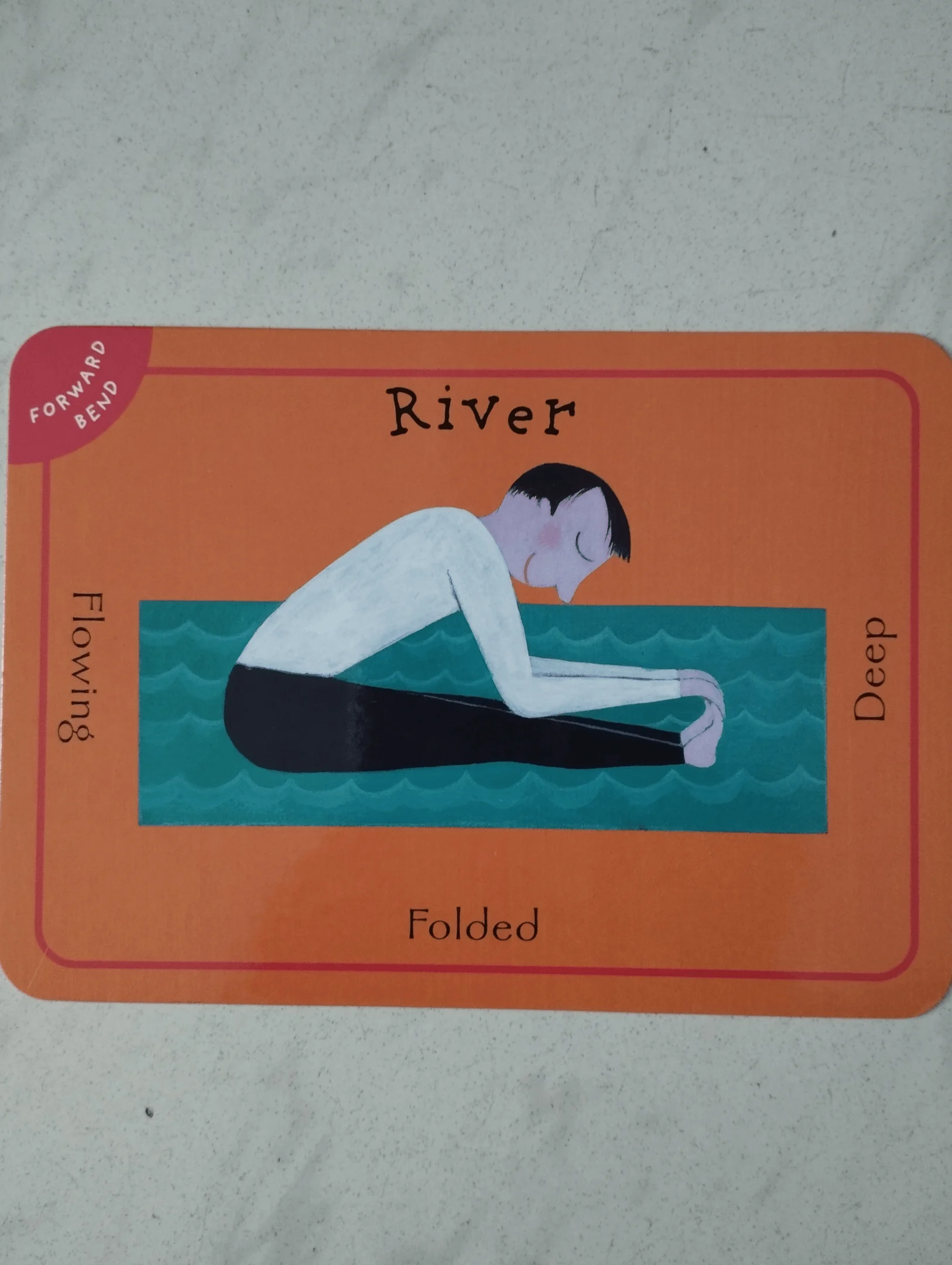
The tree asks the freshwater dolphin in the river for help. Yes, some dolphins live in the Amazon River.
Show children the dolphin pose.
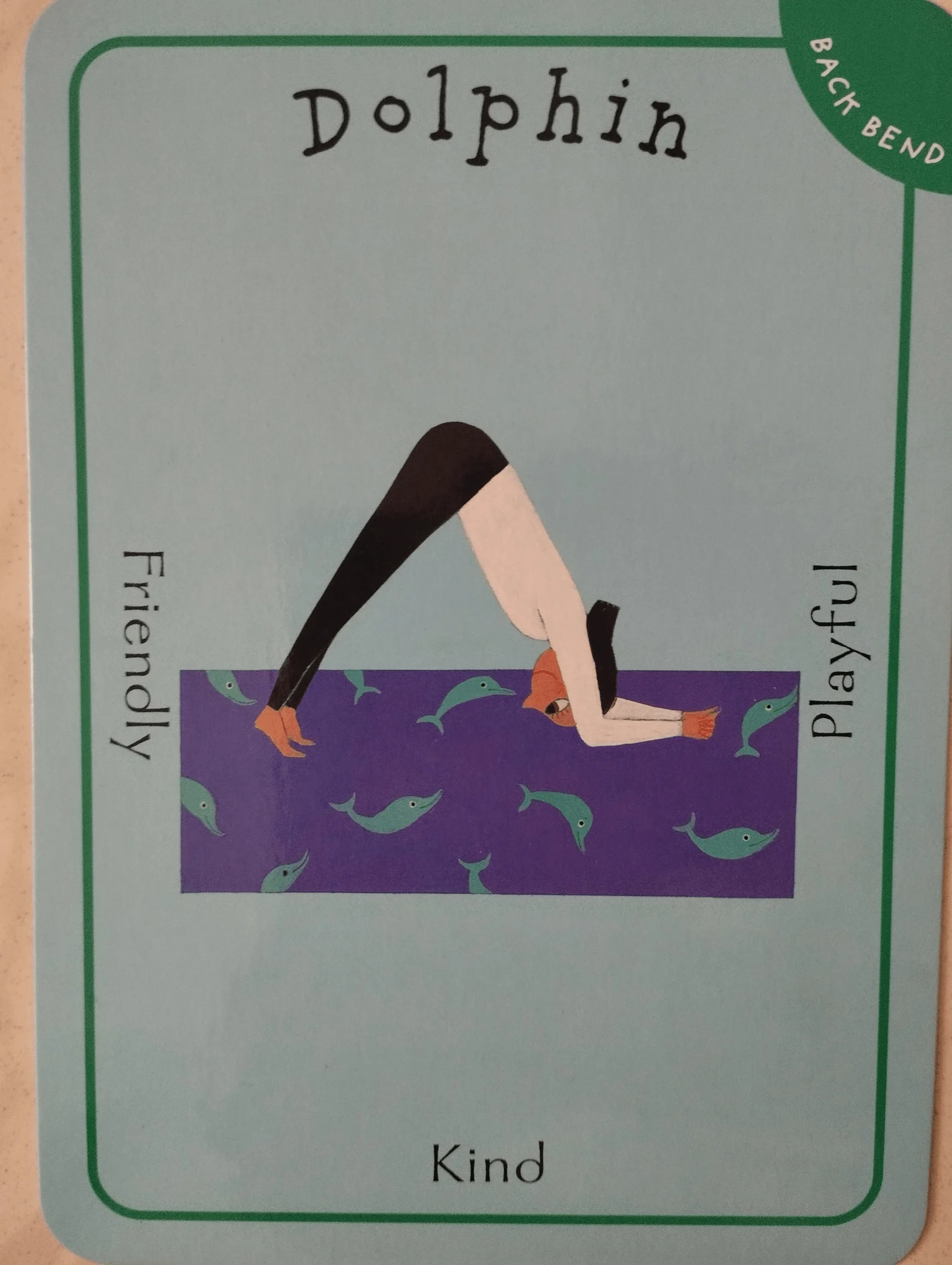
The dolphin talked to the dragon and put out its fire every time he tried to burn down any trees by squirting water on the dragon.
Ask the kids to sit cross-legged and pretend to squirt water by blowing out of their mouths.
The dragon got so annoyed and frustrated, that he left the mountain and never came back to burn down anything again. All the trees grew back.
Ask children to go back to tree pose. Can they remember it from before?
Now, the tree is not sad anymore. Are the kids smiling?
The Angry Lion
Once upon a time, there was a very very angry lion.
Ask the kids to get into lion pose, on all fours with a straight back, and let out a roar coming from their throat to show how angry the lion was.
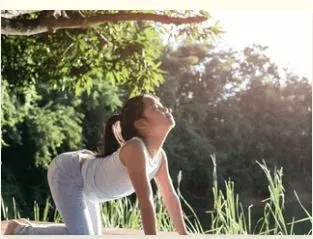
The lion was angry because there was an enormous, massive rock in front of its den, blocking his entrance.
Show the children the rock pose and ask them to breathe in and out deeply.
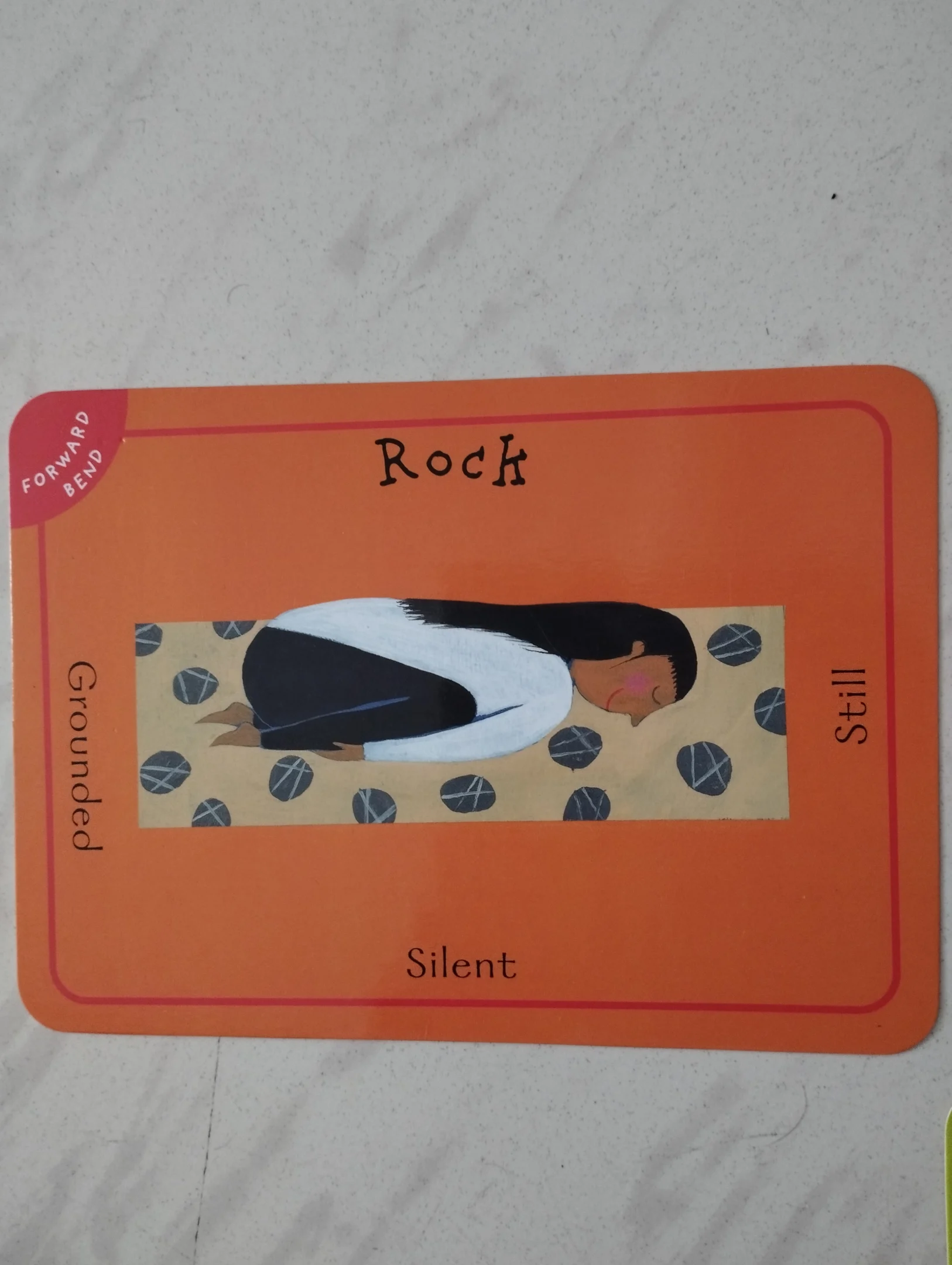
He was so tired, he wanted to sleep but couldn’t enter his den. So, he roared and roared at it.
The cat came to help and push the rock away. Show the children the cat pose and ask them to meow.
Then the dog came to help. Show the kids the down-dog pose and ask them to wag their tails by wiggling their bottoms.
They pushed and pushed together, while the lion roared, and the rock finally moved. The lion was so happy, he gave a final extra loud roar. Ask them to roar one more time as loud as they can, then say that the lion went to sleep. Ask the kids to lie down on their bellies with their chins on top of their hands and breathe in and out deeply.
These are a couple of story examples to start you off, but feel free to make up your own stories using the yoga poses you know like sun salutations for example. You can even incorporate some yoga songs as your background music if you like. Don’t be afraid to improvise when you’re teaching yoga.
Kids Yoga Animal Poses
Another good way to teach yoga is through animals; once again extending children’s knowledge. The animal yoga poses below can be practiced in any yoga class, even with young kids. They particularly love to guess which animal corresponds to each pose. Whether at home or in the classroom, delivering a short kids yoga class is a great brain break activity.
Wild Animals
You can separate the animals into different types and describe them to the children while they are doing the poses. Can the kids make animal sounds to accompany the pose?
Gorilla
An easy one to do. The kids have to let their arms go and swing from side to side. Add in some fun gorilla sounds, too.
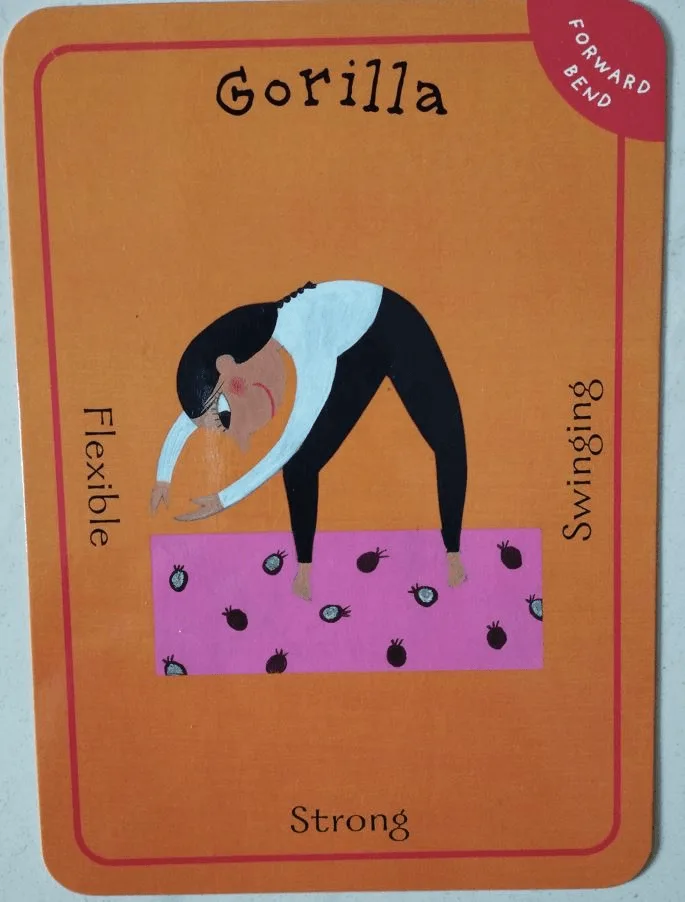
Dragon
These fun yoga poses can be practiced on a yoga mat, which is soft on the knees. The kids can attempt to breathe out fire like a dragon. You can also ask them to describe dragons. What color are they? Do they have wings? Scales? They can bring either leg forward.
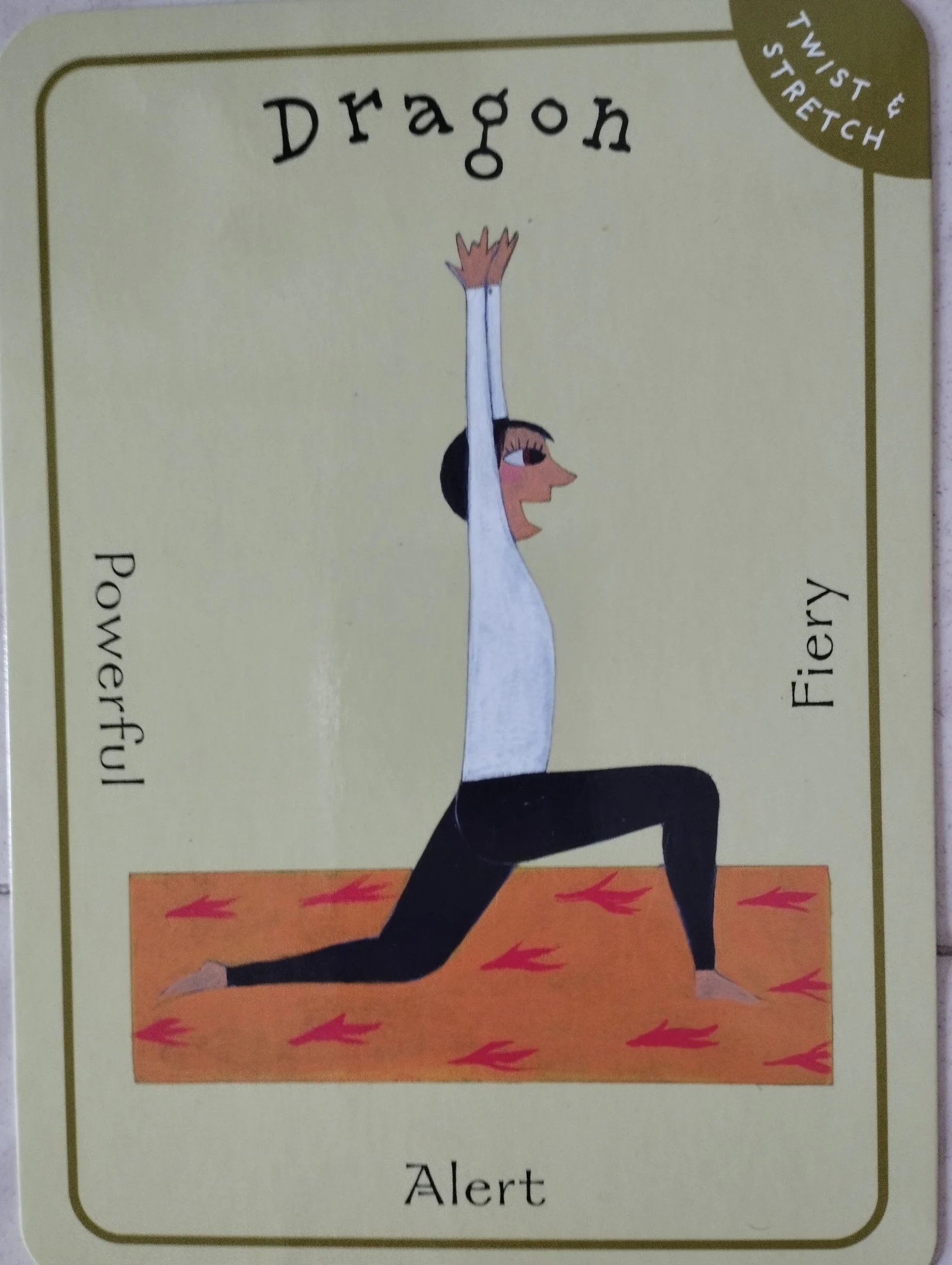
Cobra
A wonderful yoga for preschoolers pose, which builds their muscles and helps children to open their hearts.
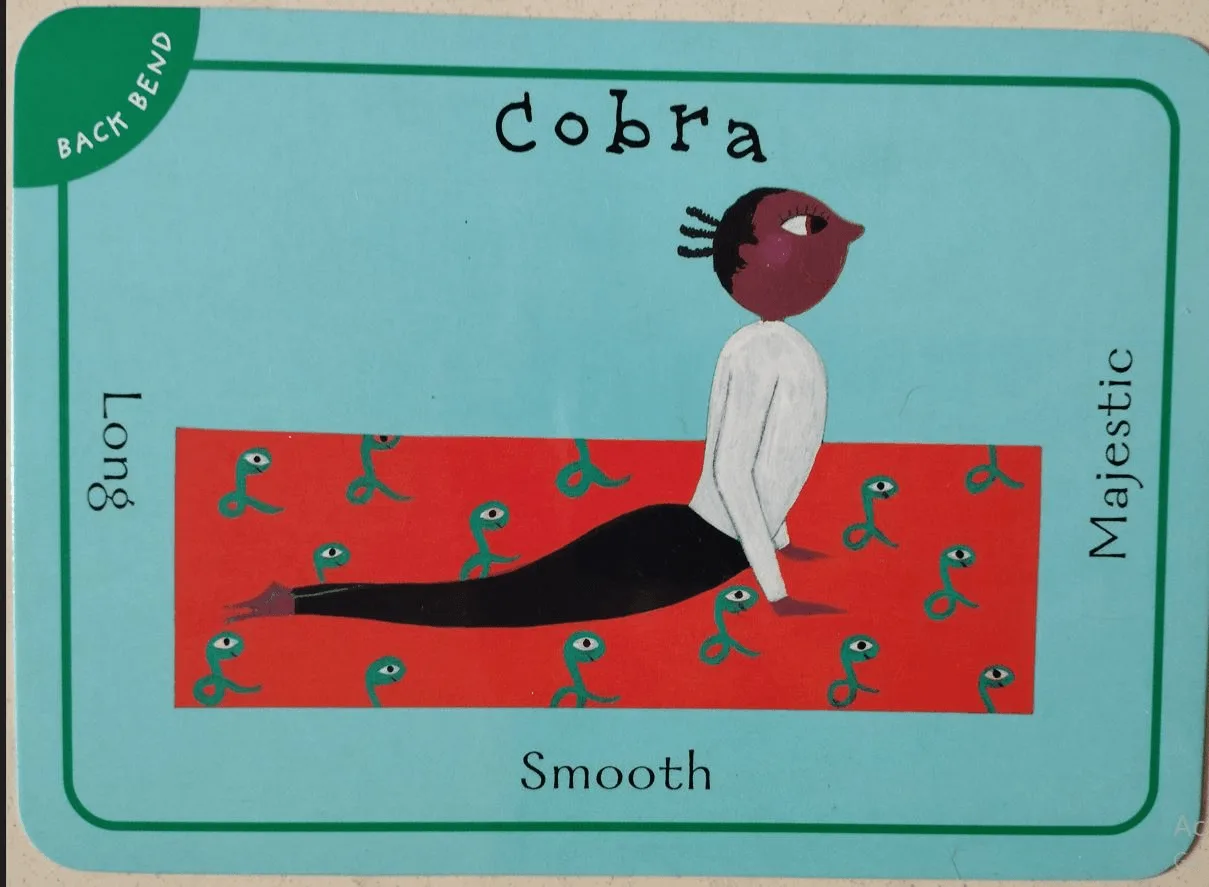
Animals that Live in the Water
Here are some easy toddler yoga poses based on under-the-sea animals. Tickle their imagination by asking them to visualize and imagine the animals as they are holding the poses.
Snail
Ask the kids to lie on their bellies and get into cobra pose. They then lift their feet and push their heads backwards. Can they touch the top of their head with the tips of their toes?
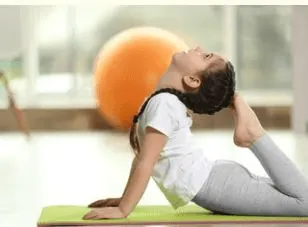
Shark
A great back-strengthening pose where the little ones have to lift their chest off the floor and open their hearts.
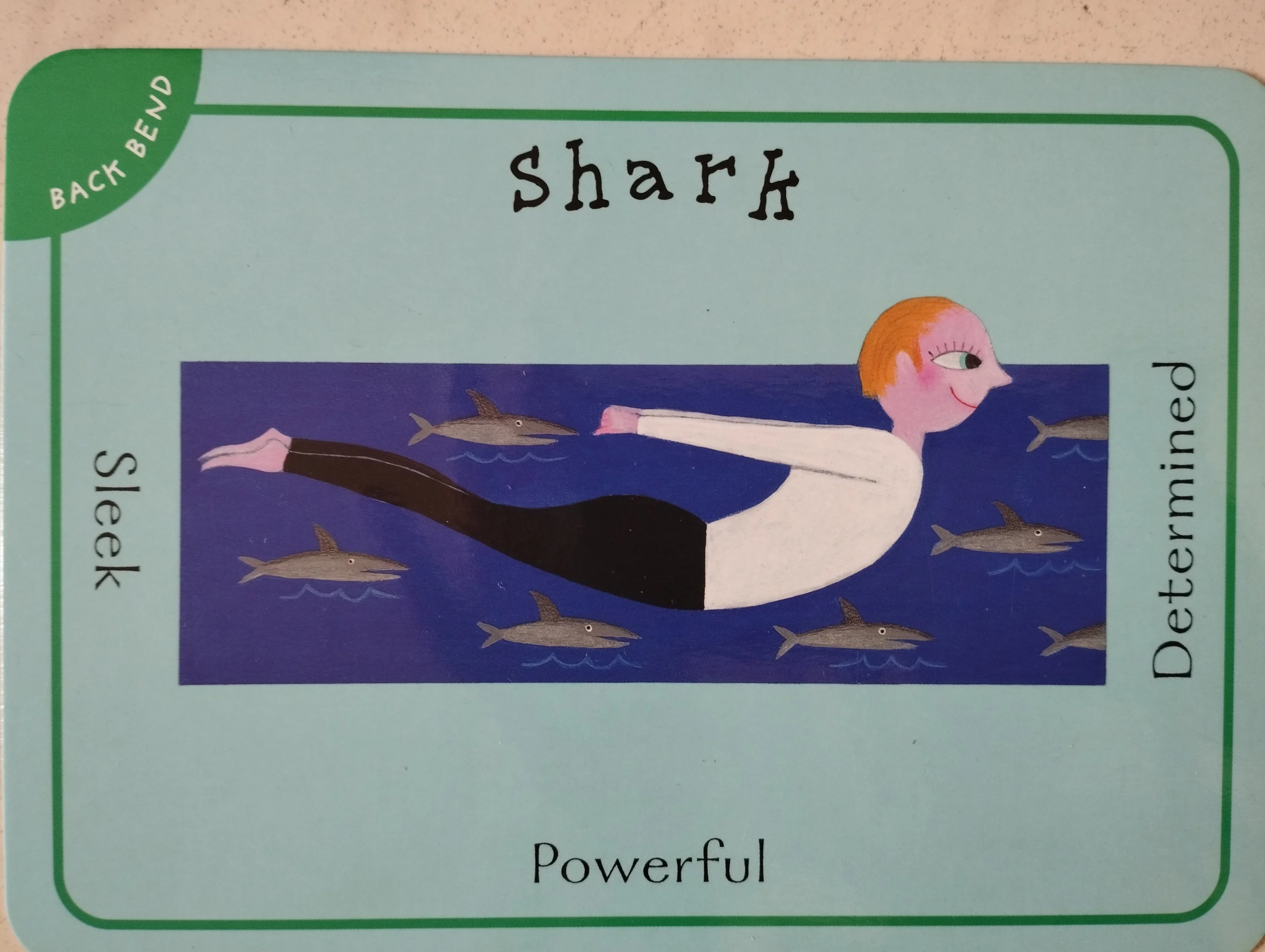
Dolphin
Even toddlers can get into this fun pose from downward-facing dog. Show them beforehand how they can put their elbows down on the floor and let the tops of their heads touch the mat.
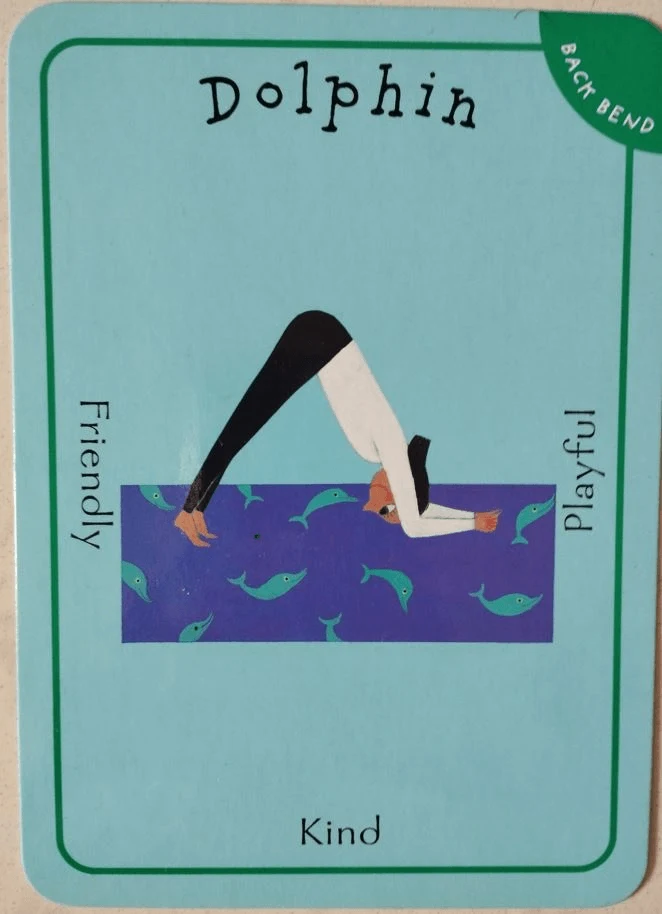
Fish
The key to getting into this yoga pose is for the kids to lie on their back, then ask them to lean their heads back (without straining their necks too much) and lift both arms up at the same time. The challenge will be to see if they can lift their shoulders off the floor.
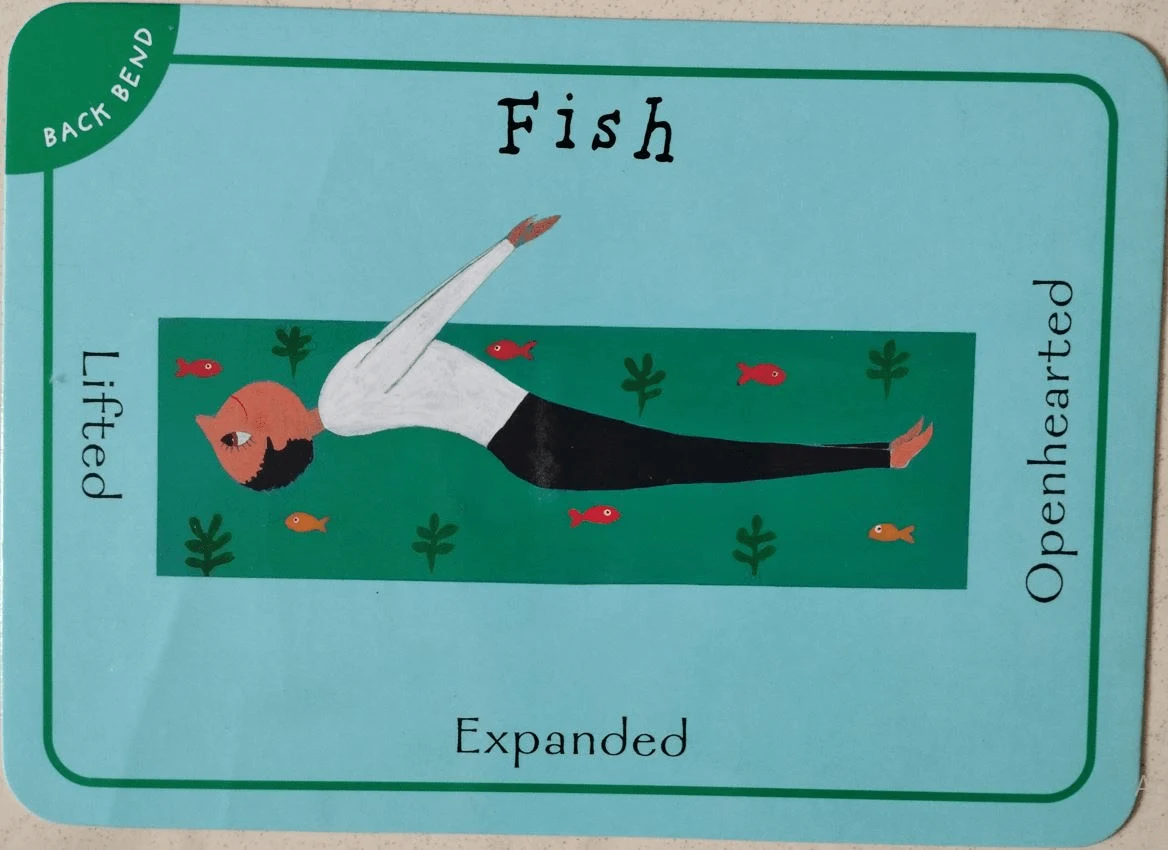
Domestic Animals
Ask the children if they know the meaning of ‘domestic’. Then see if they can name any domestic animals.
Cat
This is great for teaching children how to control their bodies as their arch their backs. It’s also a nice massage for the spine.
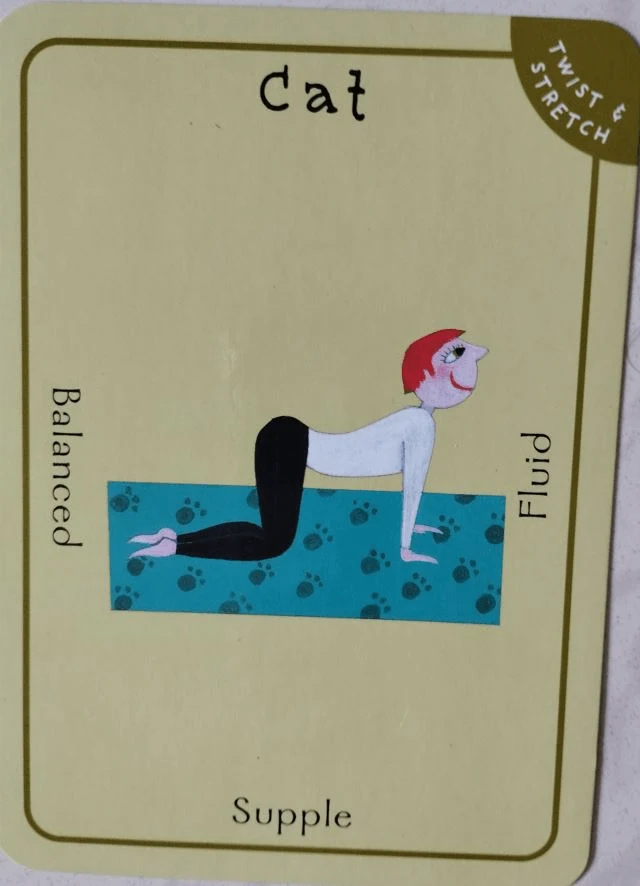
Downward facing Dog
The key aspect of the downward facing dog yoga pose is that the kids really push down on their arms and keep a straight back. Their bottoms should be high up in the air.
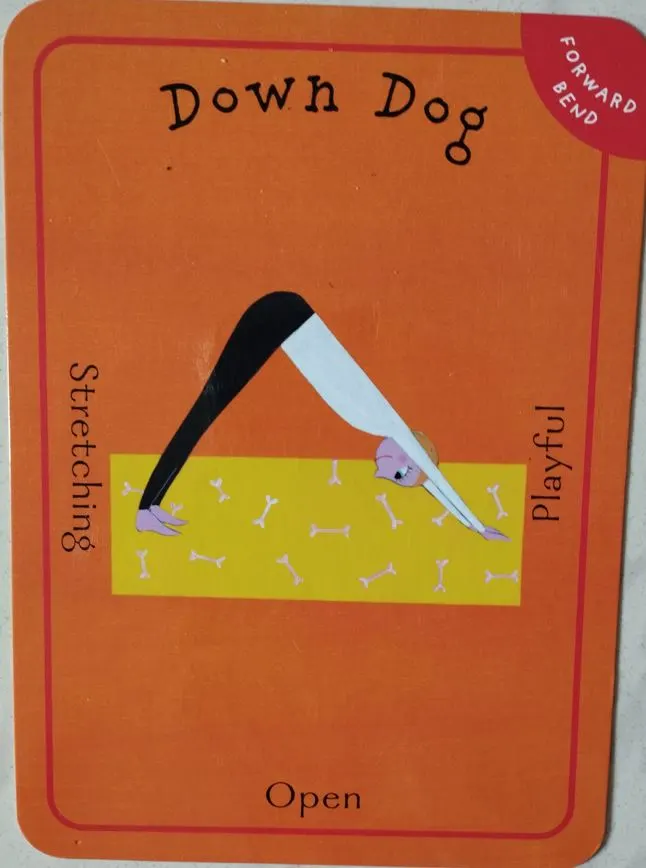
Kids Partner Yoga Poses
Another way to have fun on their yoga mats is to practice yoga poses with a partner. This helps self-regulation, body awareness, and gross motor skills.
Seesaw
Kids love playing on the seesaw, so why not get them to do the seesaw in yoga? Ask the kids to sit down, and make sure their feet touch and their hands are held together. They then gently pull each other like a see-saw.
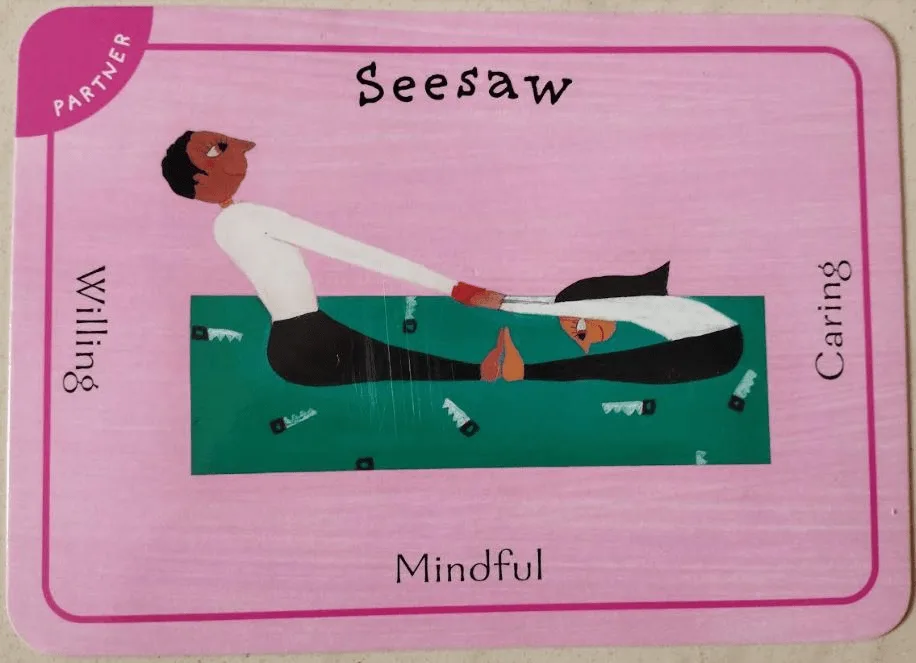
Rooftops
Ask the kids to stand facing each other. Then lift their arms up and put their palms together. They have to arch their backs and push their palms together as their faces get closer together. Ask them to look at each other in the eyes and smile.
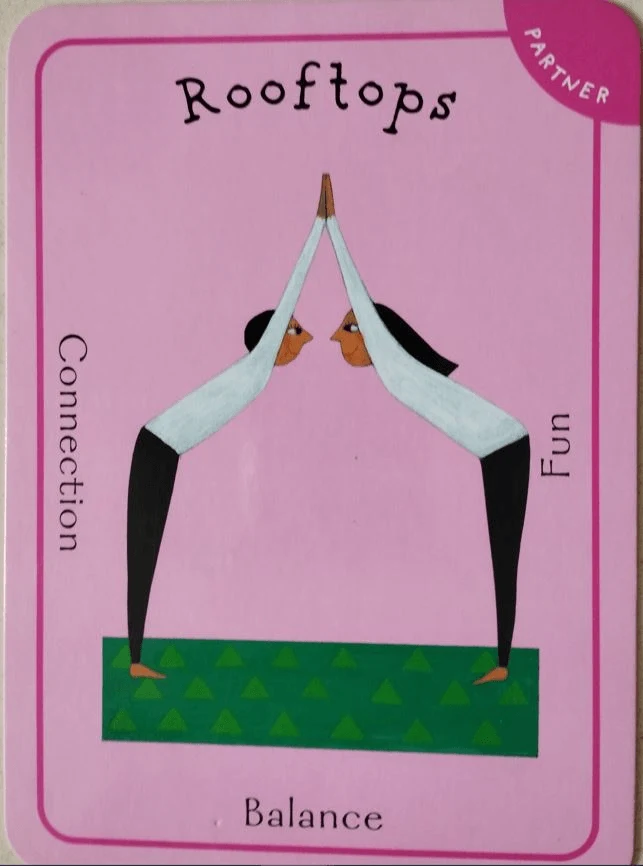
Back to Back Chair
This is a tricky one to get into, but it’s a great leg muscle strengthener. Ask your kids yoga students to sit back to back and link arms. Then they very slowly sit as if they were to sit on a chair while their backs are still touching and their arms are linked.
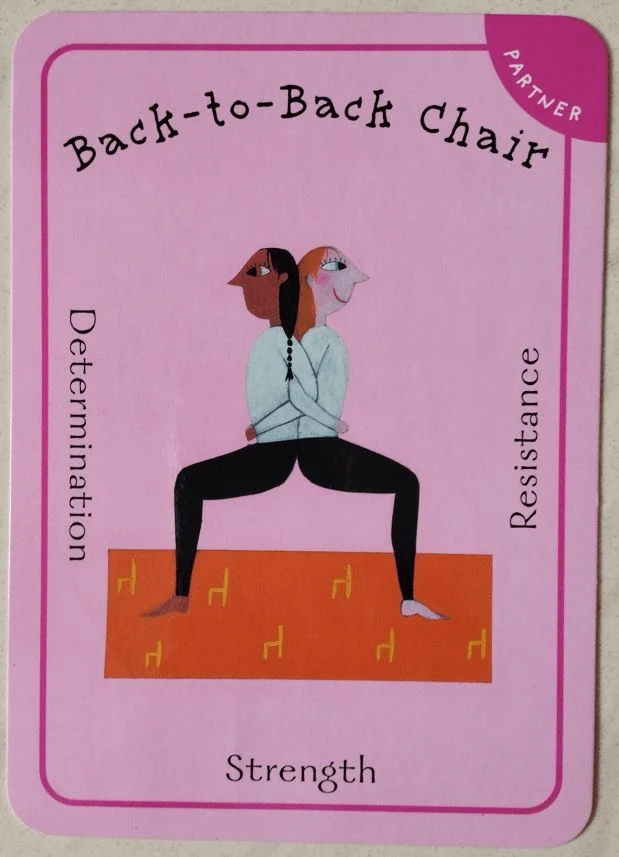
Lizard on a Rock
One child sits in a child’s pose while the other lies on their back with their arms outstretched. Ask the children to breathe deeply. They then swap positions.
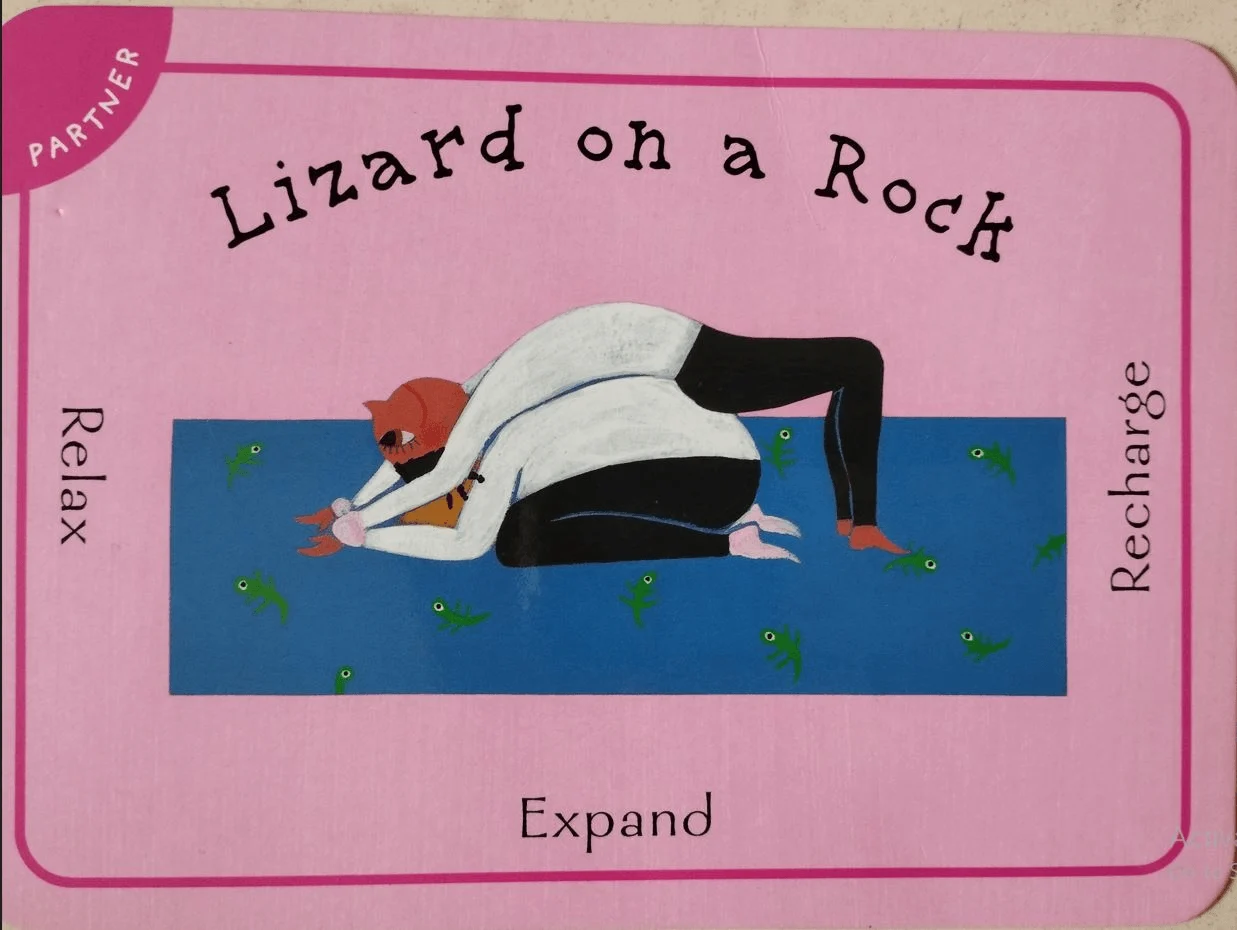
Conclusion
Make your kids yoga class extra fun and special. At the end of each session, ask the children to relax for a few minutes on their backs, and calm their minds while breathing in deeply.
Yoga for kids is a wonderful and fun activity to do with children. Teach yoga to little minds to help them develop strength, flexibility, as well as mindfulness that will be beneficial for their overall health.
